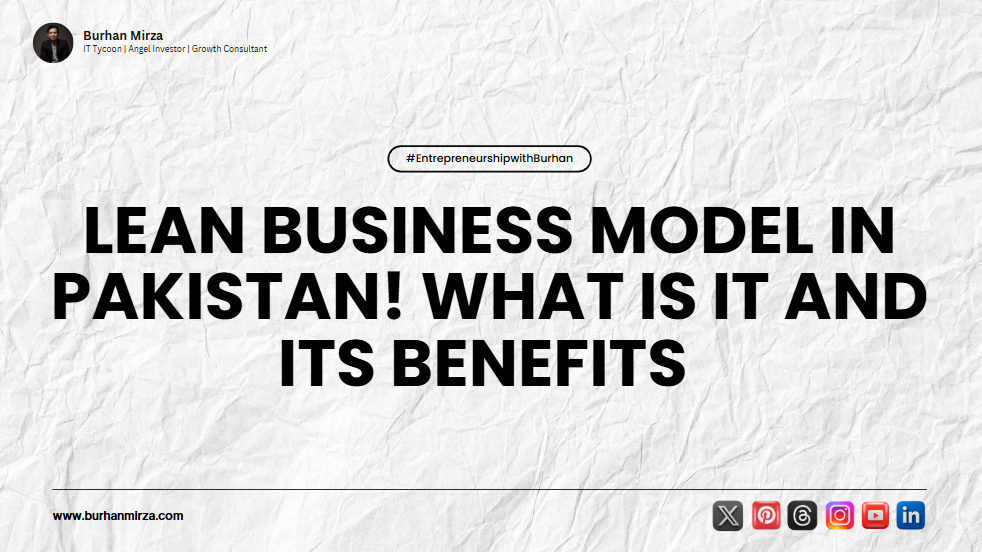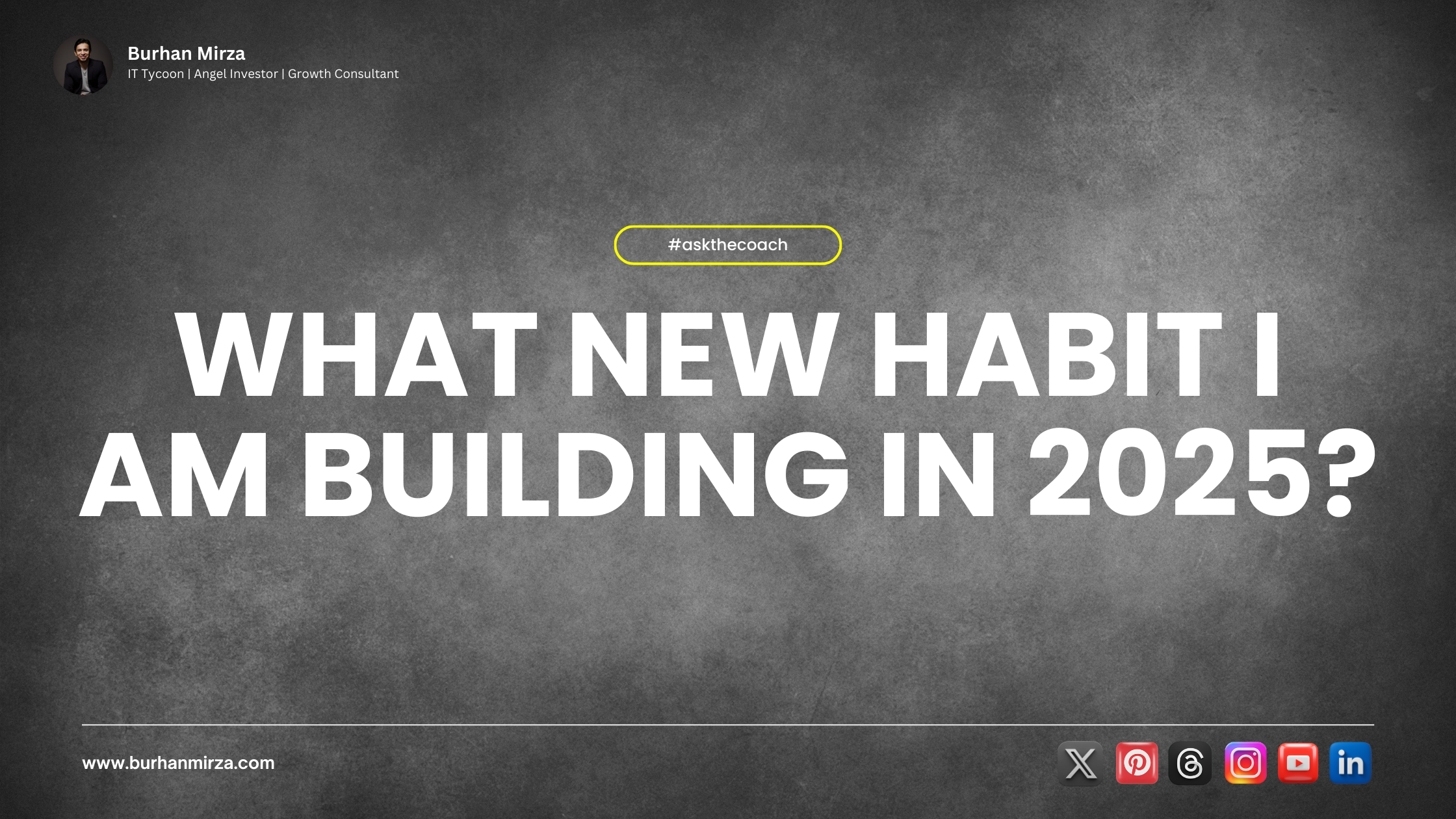 Blogs
Blogs
The Hidden Costs of Playing It Safe in Business

Here’s a brutal truth most people won’t tell you: playing it safe in business often costs more than taking calculated risks.
Now I get it, especially in economies like Pakistan’s where the currency fluctuates like a yo-yo, risk feels like a luxury. Most leaders often default to survival mode. They focus on “stability.” or on keeping things “safe.” Who can blame them?
But let me tell you, after mentoring dozens of entrepreneurs and investing in more startups than I can count, playing it safe is far more dangerous than it looks.
Let’s unpack why.
1. You Miss the First-Mover Advantage
In business, timing is everything. If you’re waiting for the “perfect moment” to launch, scale, or pivot -you’ve already lost.
While you’re busy playing it safe and perfecting the product, someone bolder and probably less talented is out there capturing your market.
Look at Uber. They launched in Karachi, when its infrastructure was hanging by the thread, figured things out on the go, and scaled faster than anyone imagined. Could they have waited for better conditions? Sure. But then they wouldn’t have built a billion-dollar exit.
2. Playing Safe = Competing on Comfort, Not Innovation
Safe businesses build what’s already working. But guess what? If it’s already working, someone else is doing it better, cheaper, faster.
If your edge is "reliability" without innovation, your margins will shrink, your relevance will fade, and your brand will dissolve into the background. The risk-averse founder blends in. The bold one gets remembered.
3. You Attract Mediocrity
The culture you build is a reflection of your decisions. When you operate from fear or excessive caution, your team picks up on that.
You’ll hire people who want jobs, not missions. You’ll train employees to avoid mistakes rather than chase breakthroughs. You’ll kill initiative without even realizing it.
I;ve often spoken about this in my blogs: great talent follows bold vision, not comfort zones.
4. You Spend More Trying to “Fix” Than Trying to Grow
Playing safe often means patchwork solutions. You don't upgrade that system. You delay hiring that critical team member. You keep using outdated processes because “they work for now.”
Over time, these small compromises compound into massive inefficiencies. You start spending time fixing things you never invested properly in the first place.
Result? You’re stuck. Busy, but not better.
5. You Lose the Market's Attention
Today’s consumer is attention-deficient. Safe brands get ignored because they don’t spark curiosity or emotion.
Think of brands like Tesla: bold, unfiltered, and polarizing. But they’re also unforgettable. Whether you love or hate them, you know them.
Safe brands are liked. Rarely loved.
6. You Risk Irrelevance
Market dynamics change fast. What’s safe today may be obsolete tomorrow.
Blockbuster played it safe. So did Nokia. So did Kodak. All of them ignored the signs because they wanted to protect the status quo. And all of them paid the ultimate price of irrelevance.
Entrepreneurs who don't take risks end up defending the past instead of building the future.
So What Should You Do Instead?
I’m not saying be reckless. I’m saying be intentional about your boldness.
- Take smart risks. Launch lean. Test fast.
- Allocate 20% of your time and budget toward experimentation.
- Make one uncomfortable decision every quarter—whether it's a hire, a pivot, or a product shift.
- Set targets that scare you a little. That’s where growth lives.
And most importantly…Redefine safety.
Real safety in business doesn’t come from avoiding risk. It comes from building adaptability, learning fast, and staying relevant.
 Muhammad Burhan Mirza
Muhammad Burhan Mirza My Story
My Story Events
Events Social Highlights
Social Highlights Blog
Blog Press Kit
Press Kit  Contributions
Contributions 

